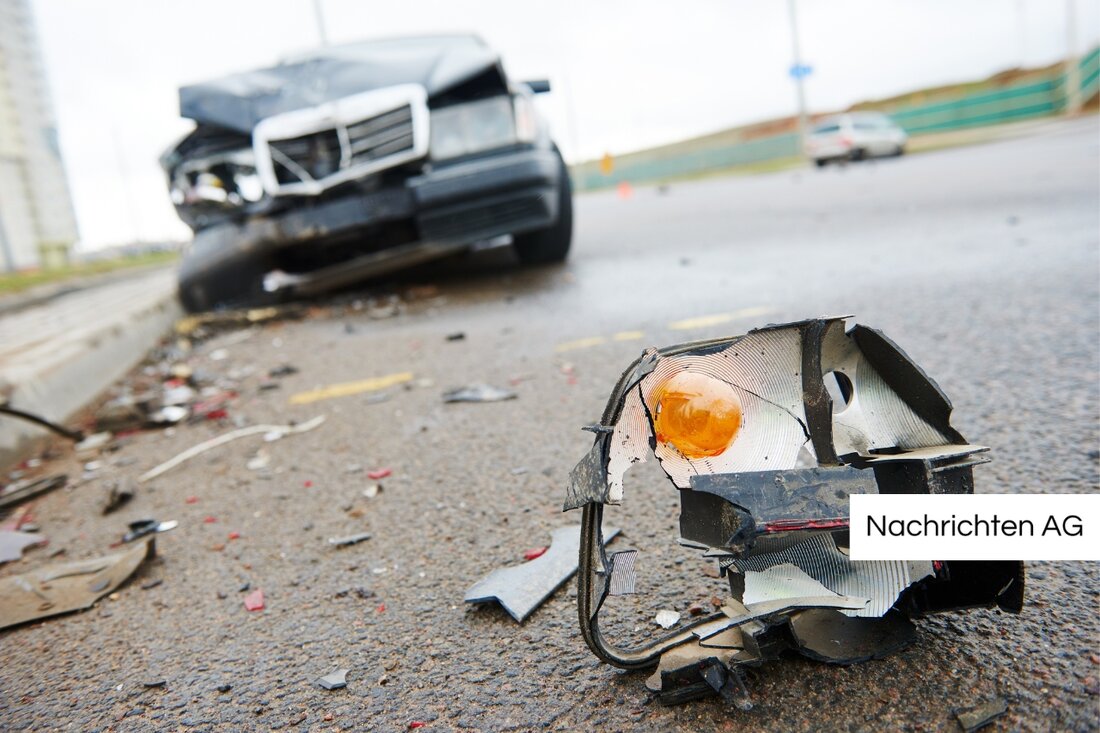Tragedy in Lisbon: 15 deaths when derailing the funicular!
On September 3, 2025, the Elevador da Glória funicular in Lisbon derailed, killing 15 people and injuring many.

Tragedy in Lisbon: 15 deaths when derailing the funicular!
On September 3, 2025, at around 6:15 p.m. local time, a tragic accident occurred in Lisbon, Portugal. The Elevador da Glória funicular, a landmark of the city, derailed near Avenida da Liberdade. In this tragic incident, at least 15 people lost their lives while at least 18 others, including a child, were injured. Five of the injured are in critical condition. Initial reports said there were three fatalities, but the number rose as rescue work progressed. These lasted several hours and included the technical rescue from the crashed car as well as securing the scene of the accident by the fire brigade and rescue services.
The cause of the derailment of the stand cable car has not yet been finally clarified. According to media reports, a failure of the brake system could be responsible. Official investigations are underway to clarify the exact circumstances of the accident. In the past, stand rope lanes in Europe were classified as very safe, with technical defects considered rare causes of accidents. Special safety regulations and regular checks are required by the operators to ensure the perfect function. The TÜV association explains that intensive controls and exams for such systems must be carried out in order to ensure the safety of passengers. Technical defects can arise from continuous operation and external influences, which must be examined in more detail in this incident.
Reactions to the tragedy
The political reaction to the accident was overwhelming. Portugal's President Marcelo Rebelo de Sousa expressed his deep sympathy and called for the events to be quickly clarified. Lisbon Mayor Carlos Moedas also expressed his concern and described the incident as a “tragedy like we have never seen before”. EU Commission President Ursula von der Leyen was equally shocked and conveyed her condolences to the victims' families.
The Elevador da Glória has played a central role in the Santo António district since its opening in 1885 and is considered one of the most famous means of transport in the city. It not only promotes tourists, but also locals and has established itself as indispensable for local traffic. The fact that this is one of the most serious accidents in European rail traffic in recent years illustrates the explosiveness of the incident. Local media also report that the elevator cable may have dissolved, which raises further questions regarding the maintenance and monitoring of such systems.
The safety of cable cars
In a context characterized by multiple cable car accidents, safety standards have been sharply criticized in the past. The TÜV association has pointed out that cable cars are monitored regularly and intensively. Annual inspections by external experts are mandatory to ensure the safety of passengers. Larger interim tests and weekly and monthly checks are also part of the tools of a responsible system operator. The latest regulations on cable car safety in Europe have been harmonized by the EU Cable Car Regulation, which has been in force since April 2018.
Although cable cars are considered safe, the Elevador da Glória disaster is an alarming example of the potential risks associated with their operation. Strong swings, technical defects or unforeseen external influences can cause serious accidents. The tragic incident in Lisbon is sure to spark new discussions about cable car safety and monitoring in Europe.

 Suche
Suche
